It's a shame Pre-Size went under, because they had lots of good ideas, including at least 4 styles of culvert.
I've packed in my version of "ground goop" around the culvert (Celluclay mixed with white glue and brown craft paint). This will take several days to shrink and dry, after which I'll add ground cover and touch up the ballast in the area:
But as long as I was working on one culvert, why not another? I have one more extra Pre-Size that I may as well put to good use. Here's an area of scenery that I never quite figured out how to finish off:

Let me see. . .
OK, I think I know what I'm going to do with the second culvert, but it's going to take a little more site prep:
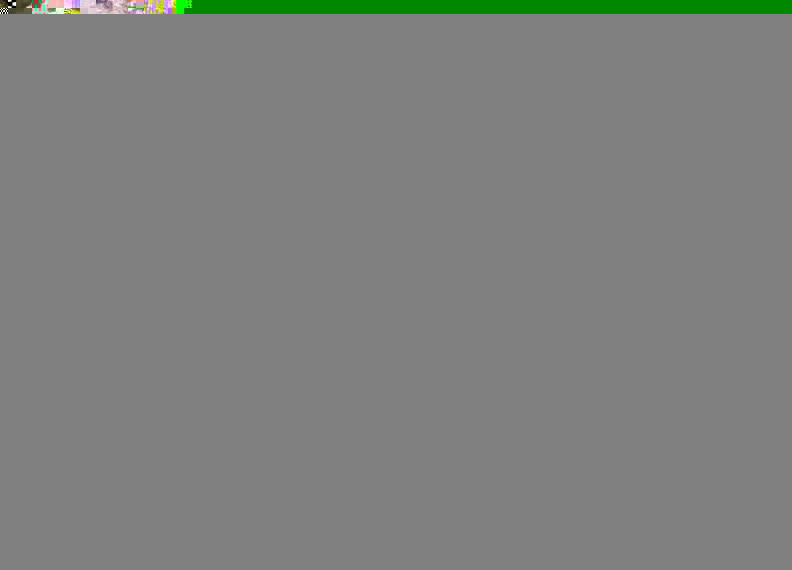
To put the culvert below grade level and continue the drainage, I had to hack out a bigger piece of hardshell, as well as cut a rebate in the fascia:

Then as before, I clamped a piece of scrap wood in place for the culvert to sit on. Next I'll build the hardshell profile back up around it.
Replacing the cardboard lattice for new hardshell:

I covered the culvert casting in kitchen plastic wrap (a very useful thing for several kinds of scenery work) and surrounded it with plaster cloth for the new hardshell:
When the plaster cloth dries, I can pull the culvert casting out, unwrap it, and glue it in, without getting any wet plaster on it. Then I'll add "ground goop" to the area.
However, making this much progress on small scenery areas has encouraged me to go back to what's probably the biggest unfinished area on the layout (though there are others almost as bad). This is gap between the upper level main line climbing to "East Portal" of "Moffat Tunnel" and the wall. This is what it looks like now, with some preliminary stuff clamped in place for this project:
This area is immediately above and to the left of the coal mine-bridge challenge I undertook two years ago. That area looks like this:
So my object will be to fill this gap with appropriate scenery and work it in along with the coal mine-bridge scene.
Posts: 395
Threads: 6
Joined: Mar 2011
This appears to be a massive project, jwb, which you've obviously spent a lot of time developing. I'm not sure I'd have the stamina 
It's interesting to observe your little addendums (or should that be addenda?) - just shows that nothing is ever really finished. Fascinating to see how you add these little tweaks without too much interference to the status quo; I'm certainly noting your techniques for future reference so thanks for sharing.
jonte
I've been working on this layout since the late 1980s, although in two different homes. Here's a shot from earlier years:

In my view, it's enough of a hobby to occupy a lifetime.
By the way, if you want to see a REALLY massive project, check this out: <!-- m --><a class="postlink" href="http://www.thewhistlepost.com/forums/ho-scale/16044-rail-fanning-d-j-railroad-video.html">http://www.thewhistlepost.com/forums/ho ... video.html</a><!-- m -->
His layout is as wide as mine is long, and the whole area is maybe three times the size of mine.
Posts: 395
Threads: 6
Joined: Mar 2011
jwb Wrote:I've been working on this layout since the late 1980s, although in two different homes. ........
Now that's what I call commitment 
Thanks for the link, jwb.
jonte
The whole (compass) north wall of the layout, at least its upper level, has scenery that's sort of a combination of California and Colorado. You can see the Colorado in the painted backdrop. The scenery closer to the track here will be more like Tehachapi, however. Here is a scene that's going to inspire what I do here, at Woodford, just north of the Tehachapi Loop:

Here is the culvert area with "ground goop" added:

When I mix a batch, I usually mix more than I need for one project, and I look for places to put the excess that will move other projects along. In recent weeks, I'd been building up a scenery base near the Sunkist lead for a Railroad Avenue urethane kit for a "Derelict House". I'd placed and leveled a base of white foam. To use the extra goop from the first culvert, I packed it around the foam, and things are now starting to take shape here:

For ground cover, a big thing I use is stone debris I find in desert or similar areas when I'm out railfanning. I take along coffee cans and look for different colors, sizes, and textures. This photo didn't come out very well, but it shows the basic idea:
So the next step will be to start on ground cover for these new areas.
Here is the first culvert with ground cover added onto the dried and hardened "ground goop", as well as touchup of the ballast:

This is a first cut -- I need, among other things, some grass tufts, but I'm out of those (and this is the kind of useful thing my LHS doesn't bother to keep in stock. Fine, I'm tired of arguing with them, I now deal more on line.)
As I got to thinking about ground cover, I began to think more of the Railroad Avenue "Derelict" house I posted about above. Here is a more general view of the area, on which I can get some more scenery work done in the near term:
I'm posting this to help my thought processes. On my last trip to Tehachapi, I found a house that's somewhat similar:
(This was the best shot I could get without trespassing, which is something folks in that area take very, very seriously.) Note the collection of old cars, sheds, tanks, etc. I need to go through my junk box and see what I have to add to this scene, as well as maybe a couple more trees. So I'll be posting about this as well.
Posts: 395
Threads: 6
Joined: Mar 2011
Those excellent photos of the 'subject' help those of us so far away to get some perspective on things, and I can see your layout is an excellent portrayal of the prototype. The tree is an excellent representation and the buildings have all the rustic qualities of the originals. I think the 'dust' you collected from the area really seals the deal.
Thanks for sharing,
jonte
Looking for things to place around the "Derelict" house, I assembled a Grandt Line small shed. This will go into the mix:

This area is the start of the dual gauge part of the main line. I planned things somewhat like John Allen's G&D, with a dual gauge segment. The foreground track is the main line; the one on which the D&RGW GP7 is sitting is the narrow guage branch line, which is dual gauge as far as a grain elevator to the left. The prototypes I'm following here are SP-D&RGW-UP, sort of scrunched together, since they all eventually merged anyhow, and SP-D&RGW In particular both had extensive narrow gauge operations.
Posts: 4,161
Threads: 174
Joined: Dec 2008
Nice! I also like the trailer/ office/storage shed in the background.
|







